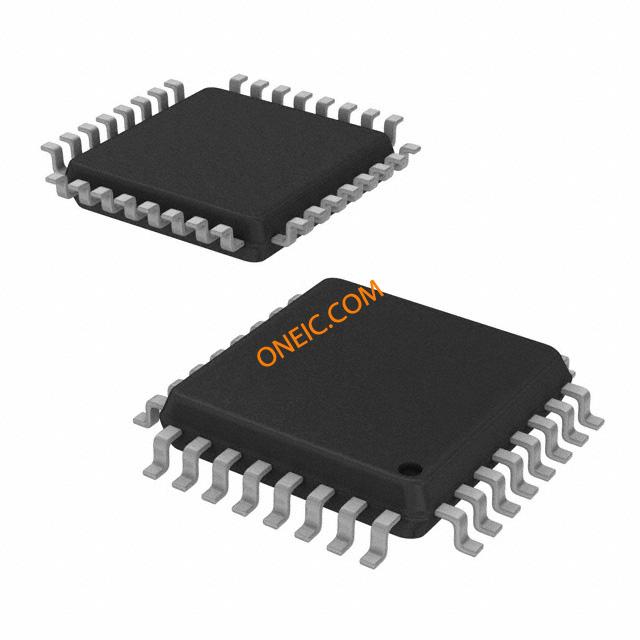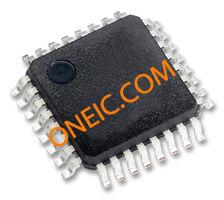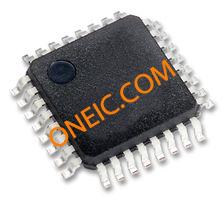MC9S08DZ60MLC
8-bit microcontrollers with 60KB flash memory in compact 32-pin packages
Manufacturer: ['freescale', 'nxp']
series introduction
# Introduction to the MC9S08DZ60MLC Product Series
## 1. Overview
The MC9S08DZ60MLC is a member of the highly capable and versatile 8 - bit microcontroller product series developed by NXP Semiconductors. This series is designed to meet a wide range of embedded applications, offering a balance of performance, functionality, and cost - effectiveness.
## 2. Key Features
### 2.1 Core and Memory
- **Processor Core**: It is based on the HCS08 CPU core. This core provides efficient execution of instructions, with a simple yet powerful instruction set architecture. It can handle basic arithmetic, logical, and data transfer operations quickly, making it suitable for real - time control applications.
- **Flash Memory**: The MC9S08DZ60MLC comes with 60 KB of in - system programmable flash memory. This large flash memory allows developers to store complex application code, including firmware updates and algorithms. It also supports in - circuit programming, enabling easy modification and debugging of the code during the development process.
- **Random - Access Memory (RAM)**: There is 4 KB of RAM available. This RAM is used for storing temporary data, variables, and stack operations during program execution. The sufficient amount of RAM ensures smooth operation of the microcontroller, especially when dealing with data - intensive tasks.
### 2.2 Peripherals
#### 2.2.1 Timer Modules
- **Flexible Timer Module (FTM)**: The device is equipped with a powerful FTM. It can be configured for a variety of timing and control applications, such as generating pulse - width modulation (PWM) signals. PWM is widely used in motor control, LED dimming, and power management applications. The FTM allows for precise control of the duty cycle and frequency of the PWM signals, enabling accurate control of external devices.
- **Real - Time Interrupt Timer (RTI)**: The RTI provides a low - power timer option. It can be used to generate periodic interrupts, which are useful for tasks such as power management, where the microcontroller can enter a low - power mode and wake up at regular intervals to perform specific tasks.
#### 2.2.2 Communication Interfaces
- **Serial Communication Interface (SCI)**: The SCI module supports asynchronous serial communication, which is commonly used for communication between the microcontroller and other devices such as sensors, displays, or computers. It can operate at different baud rates, allowing for flexible communication with a wide range of external devices.
- **Inter - Integrated Circuit (I2C) Interface**: The I2C interface enables the microcontroller to communicate with other I2C - compatible devices in a multi - master or multi - slave configuration. This is useful for connecting to devices such as EEPROMs, sensors, and other microcontrollers, facilitating data exchange and system integration.
- **Serial Peripheral Interface (SPI)**: The SPI interface provides a high - speed synchronous serial communication option. It is often used for communicating with external devices such as flash memories, ADCs, and DACs, where fast data transfer is required.
#### 2.2.3 Analog - to - Digital Converter (ADC)
The MC9S08DZ60MLC features an ADC module. It can convert analog input signals from external sensors (such as temperature sensors, pressure sensors, etc.) into digital values that the microcontroller can process. The ADC has a certain resolution (e.g., 10 - bit or 12 - bit), which determines the accuracy of the analog - to - digital conversion.
### 2.3 Power Management
- **Low - Power Modes**: The microcontroller offers multiple low - power modes, such as wait mode and stop mode.
Images for reference

32-LQFP

Image Preview

Image Preview